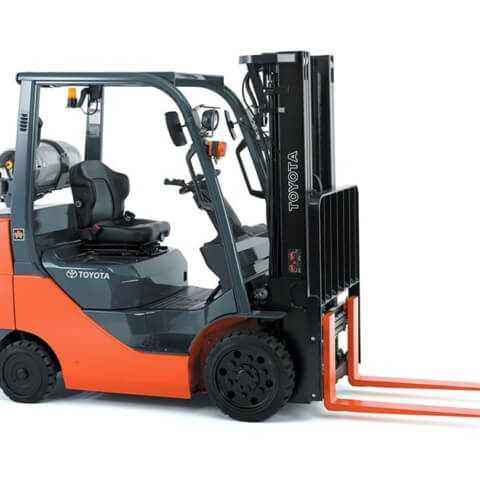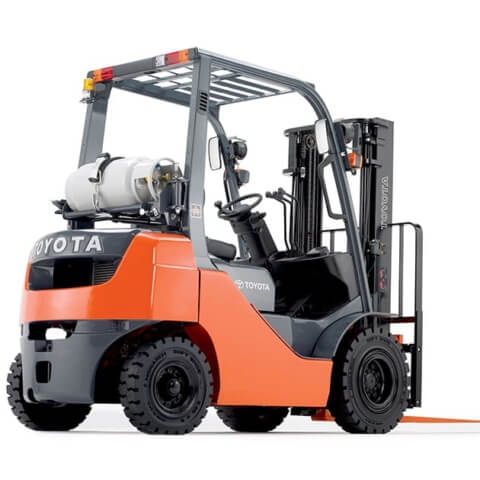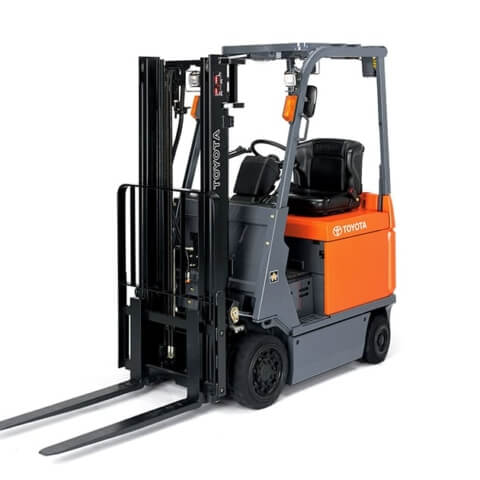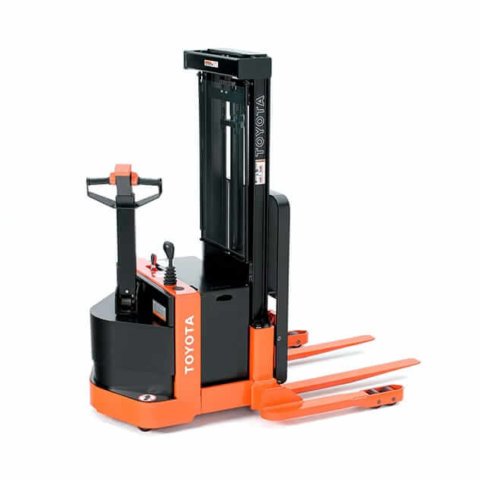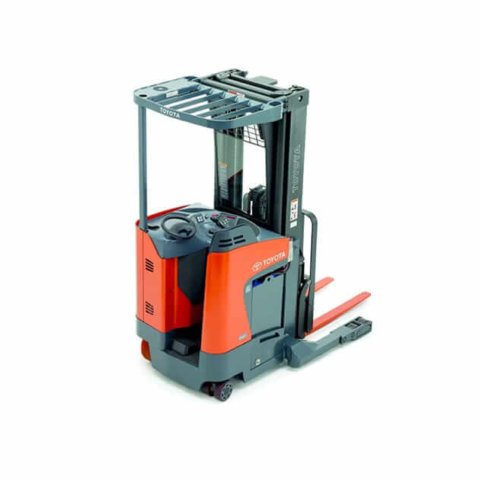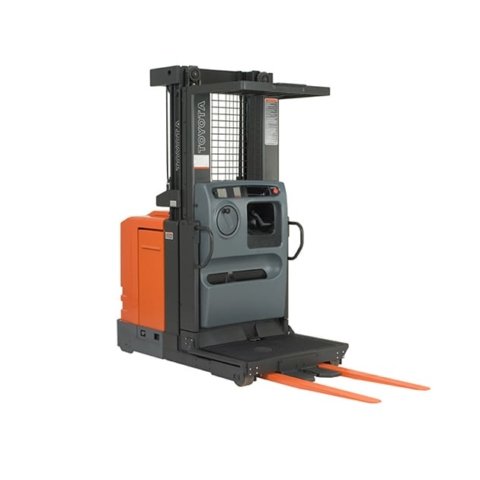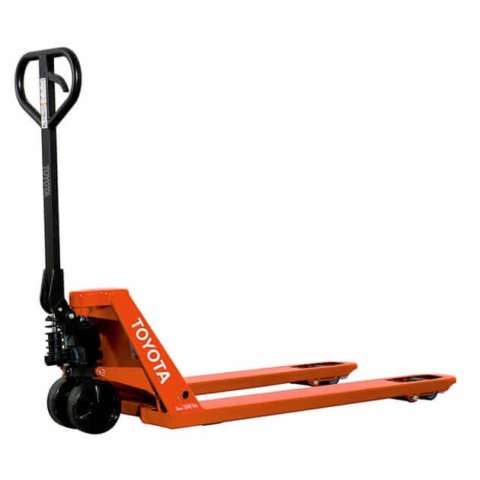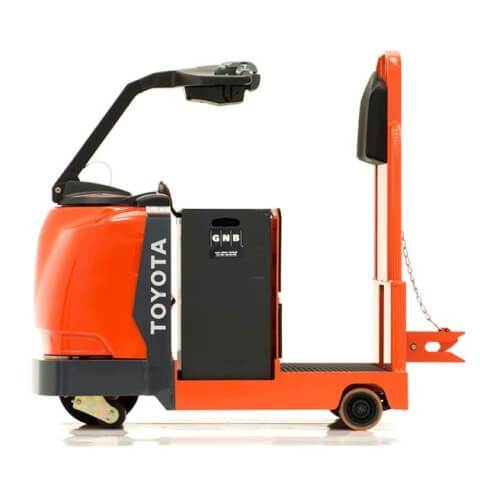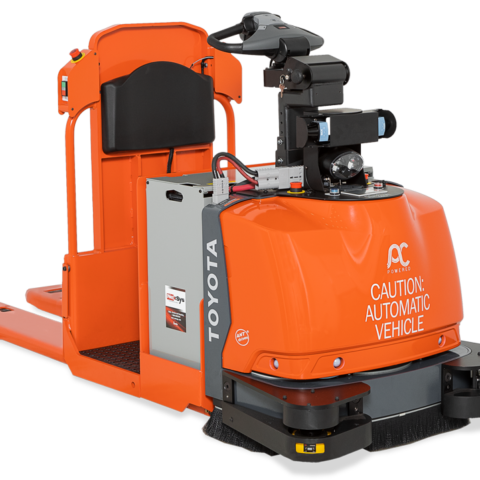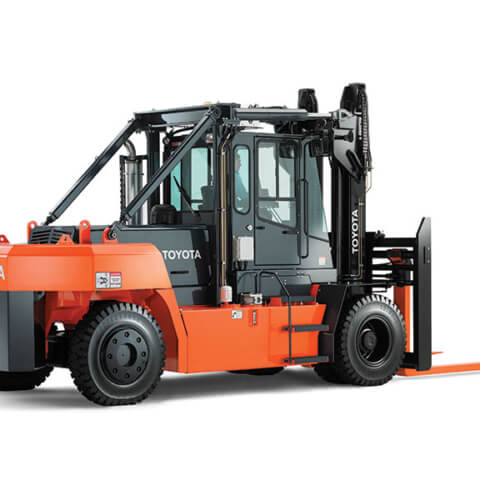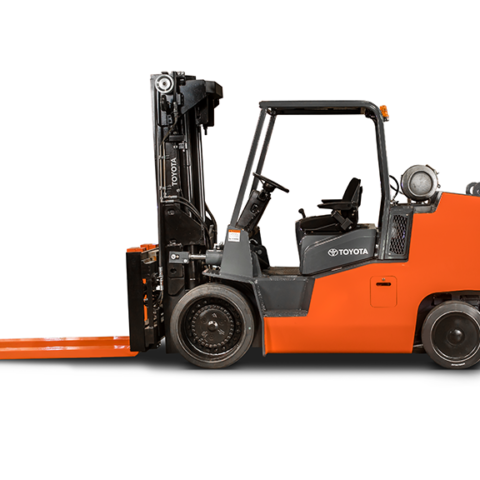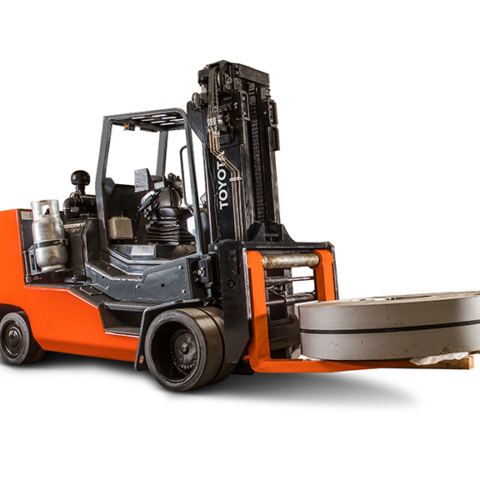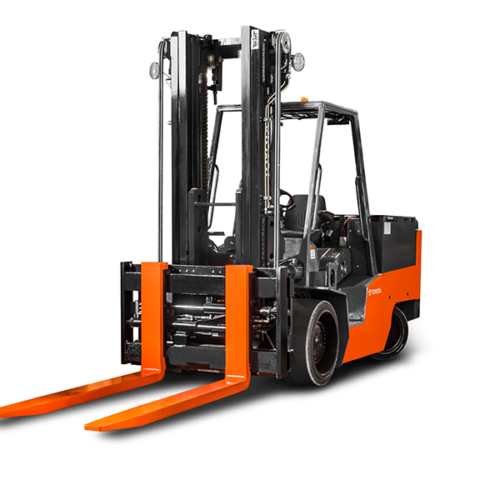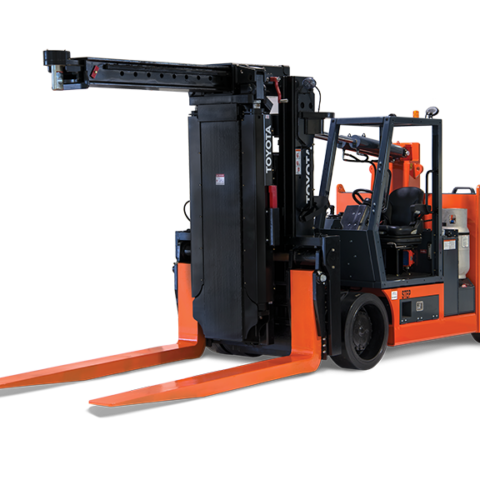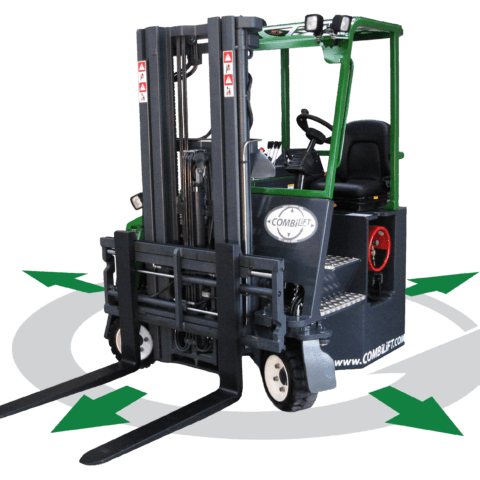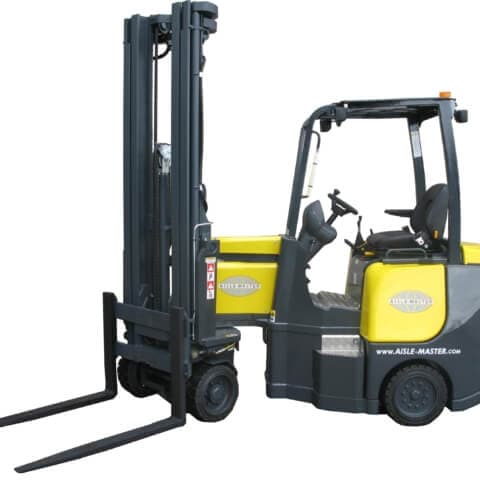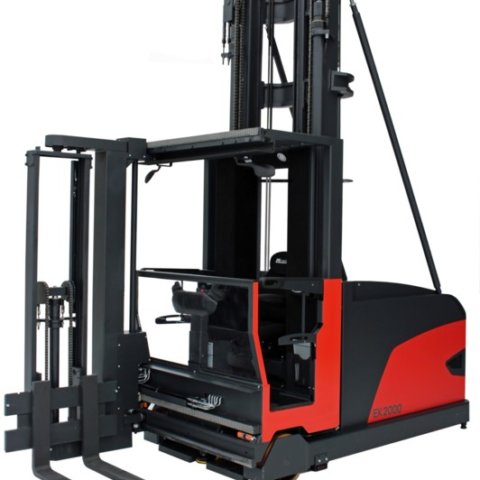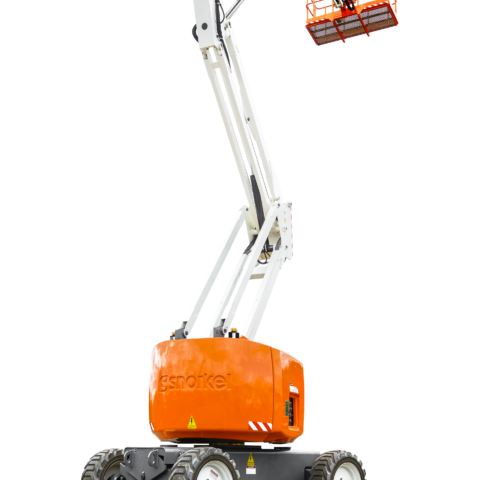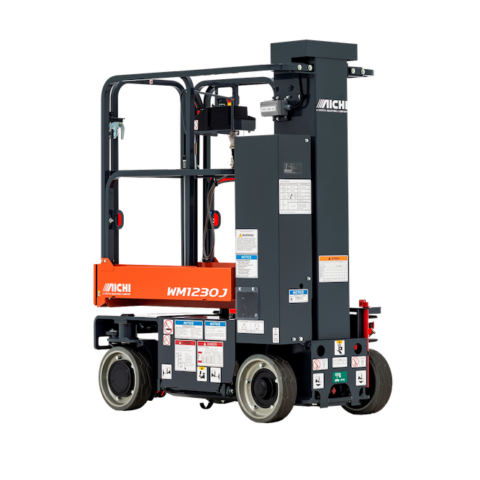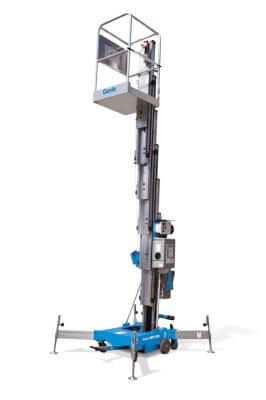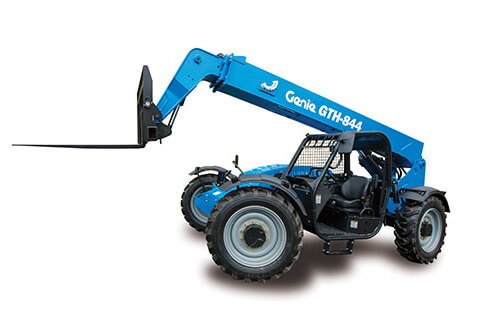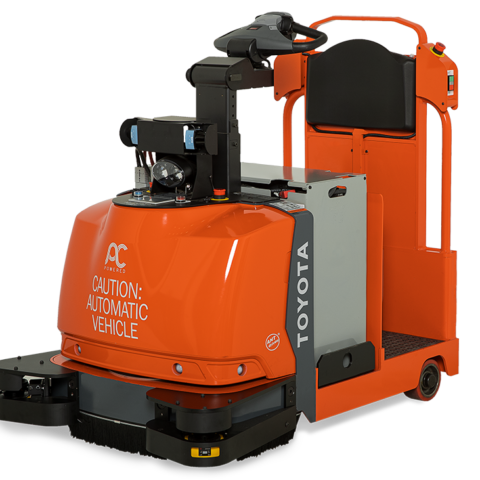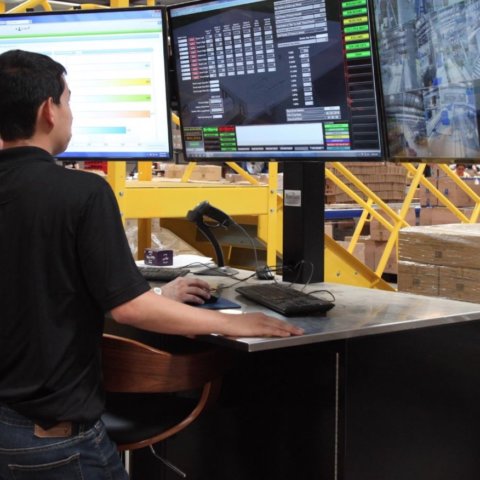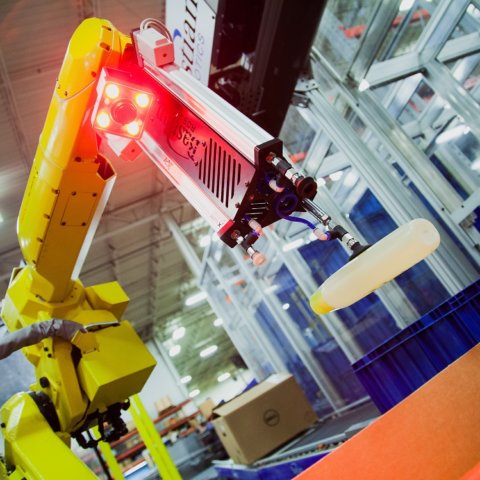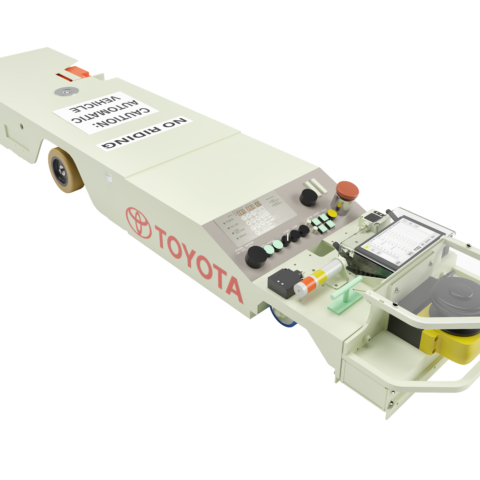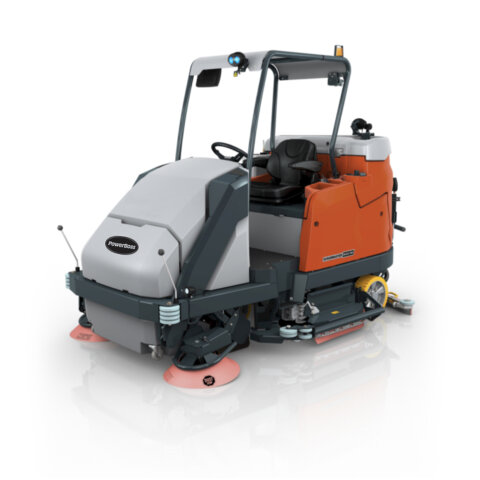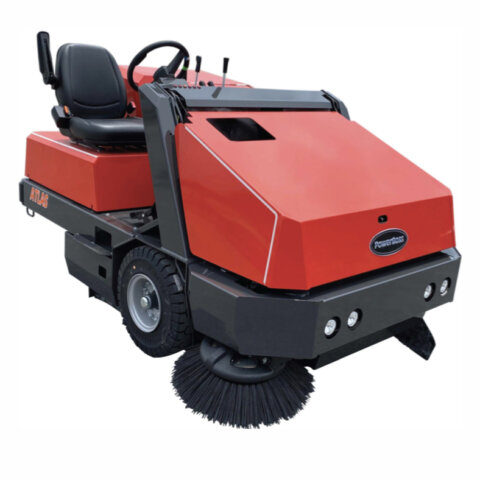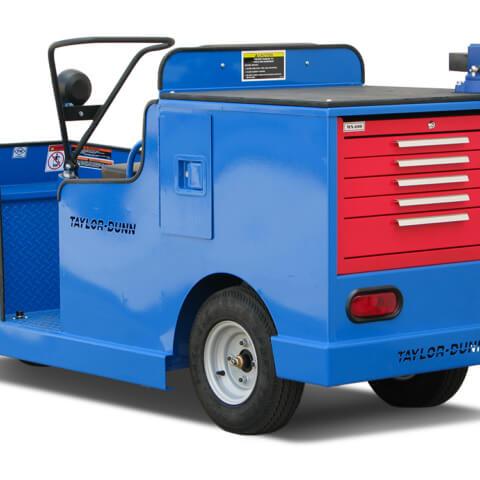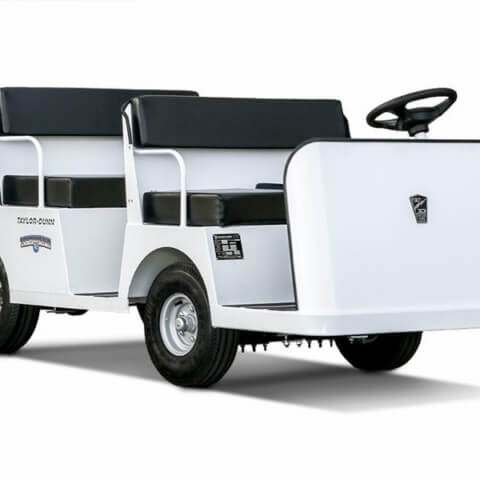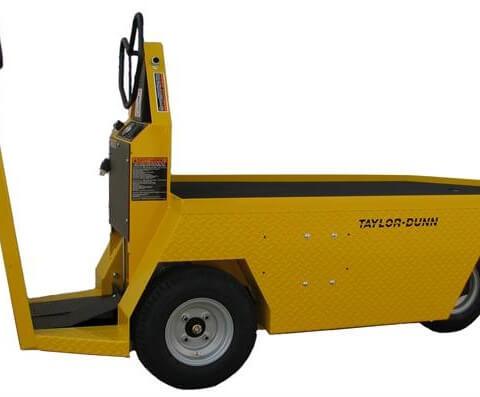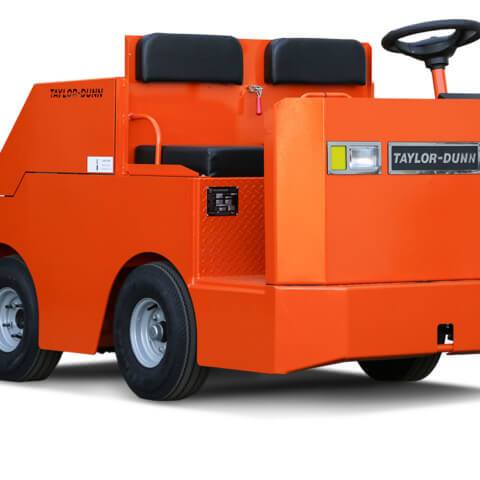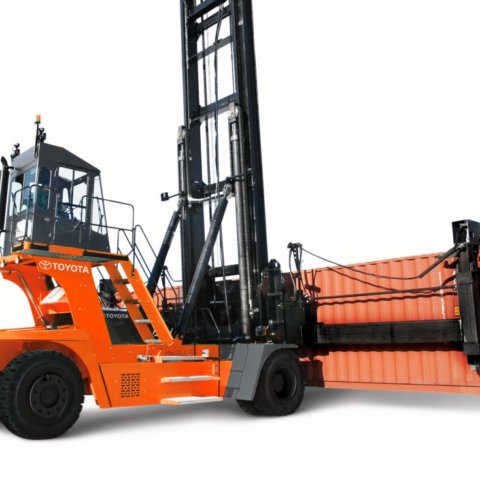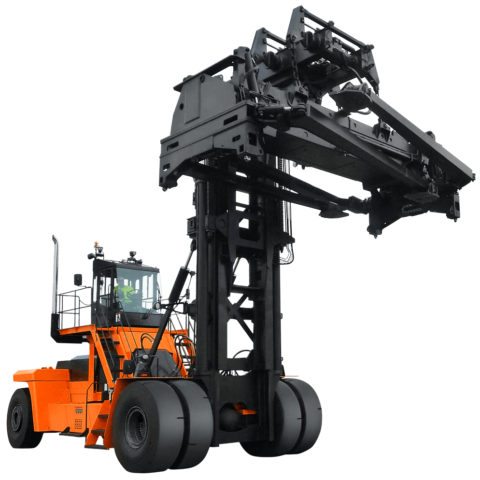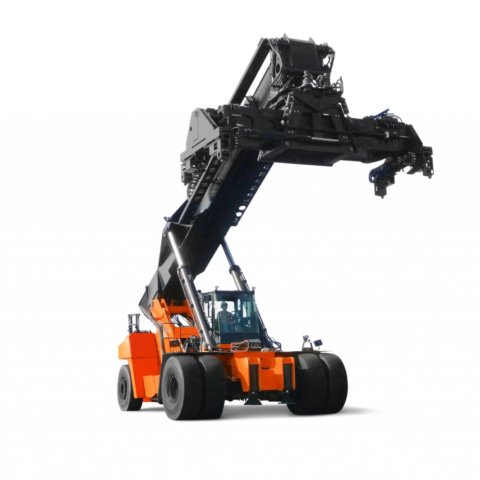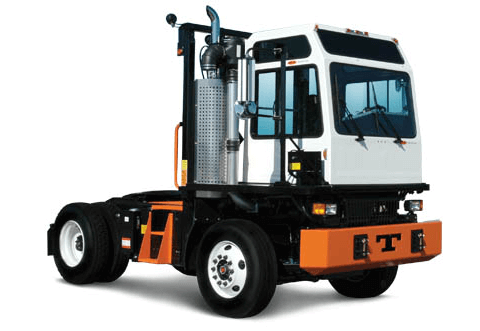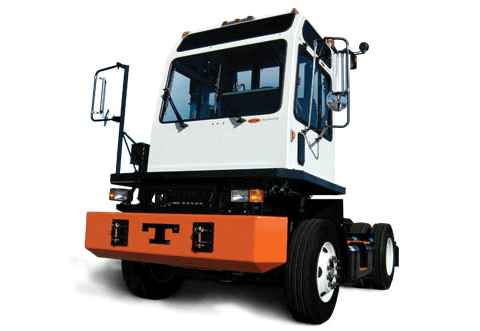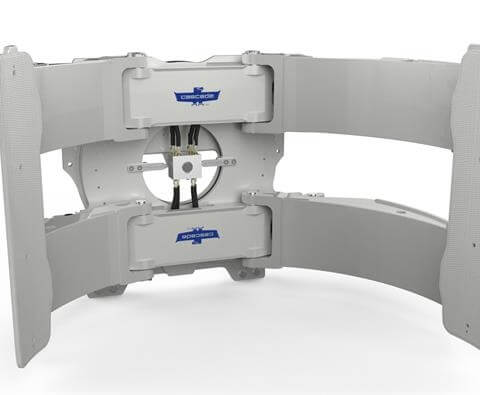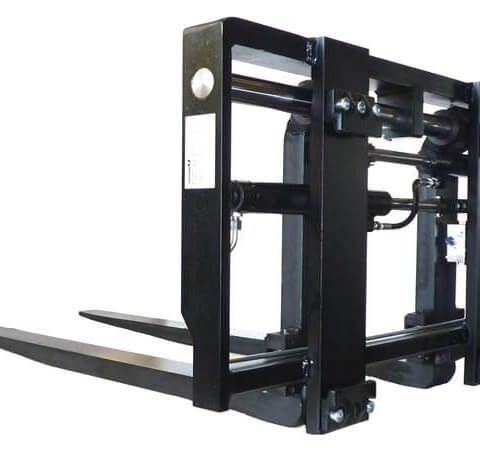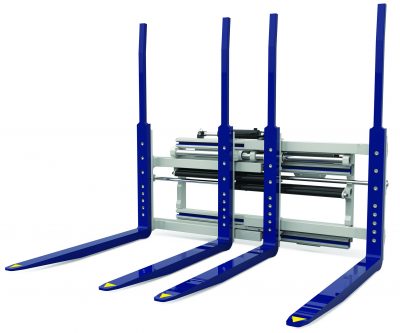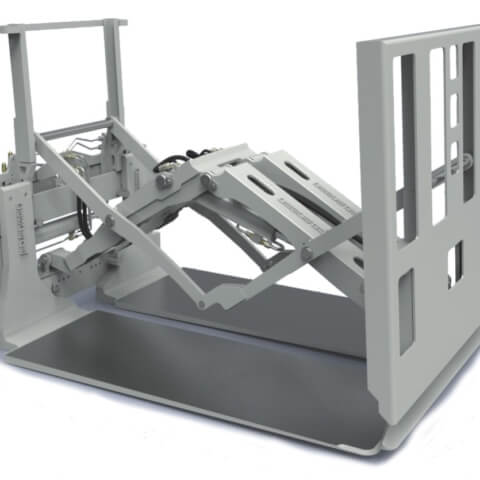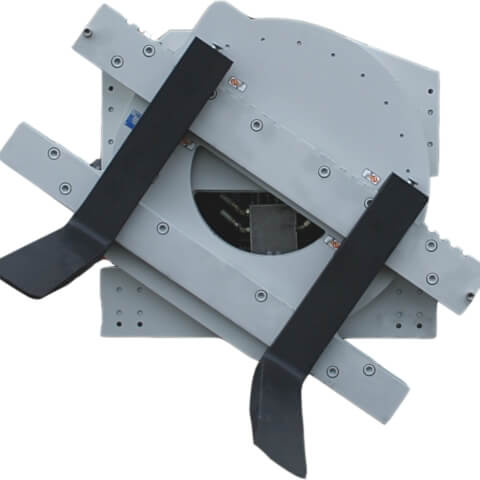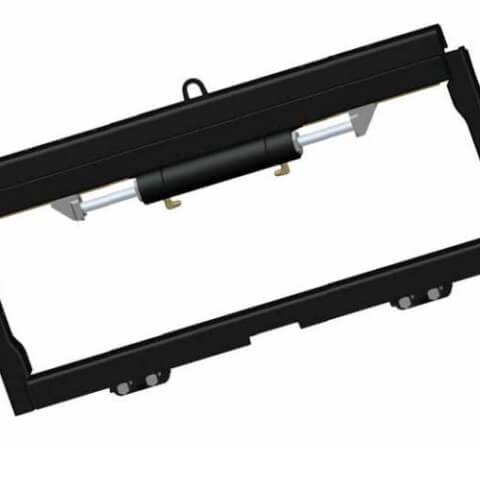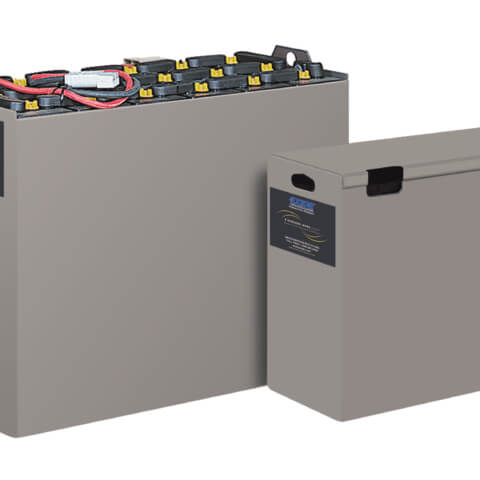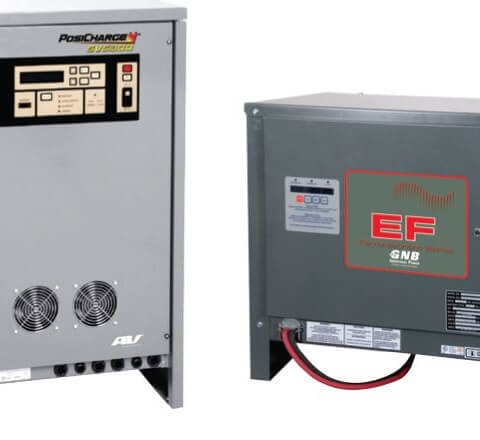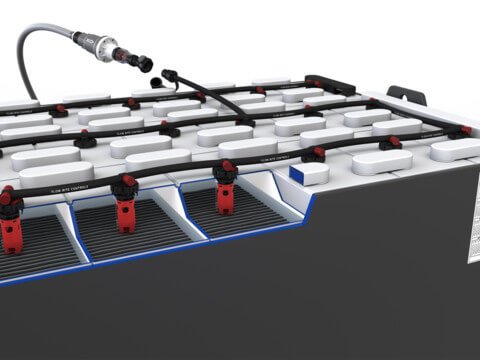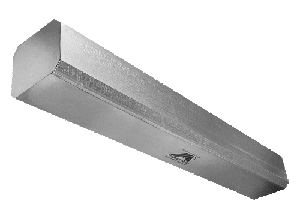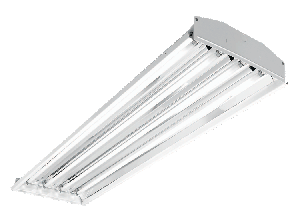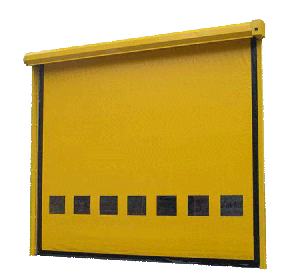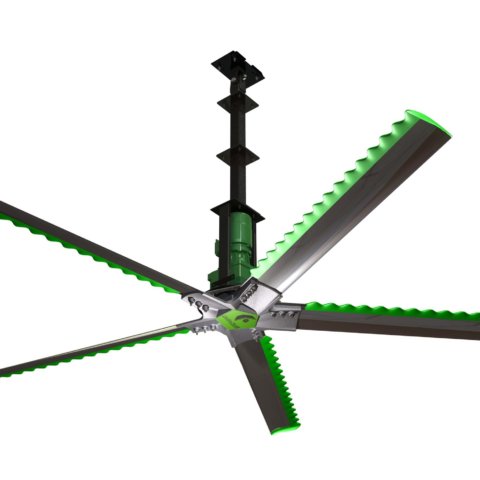
A common question regarding aerial lift truck safety is “do my operators need to wear a body harness?” The risk of an operator being catapulted is the true deciding factor. It sounds extreme but when an operator drives a boom lift over rough terrain, even in a lowered position, an operator can be ejected up and outside the confines of the platform handrails. The same catapult effect can occur if the boom is extended, which creates a “diving board” action.
Body Harness: Boom Lift
On boom supported equipment a body harness and lanyard is required by OSHA to ensure the operator’s feet can travel no higher than the top rail of the platform during a catapult action. This also requires proper lanyard length. If an operator is wearing a lanyard with too much length, or attaches her lanyard in the wrong place on the platform, the risk remains for the operator’s feet to travel higher than the top rail.
Body Harness: Scissor Lift
Because scissor lifts offer very little risk of catapult, neither OSHA nor ANSI requires body harness and lanyard use. The points of support are directly beneath the operator’s platform, negating the need for a harness and the equipment’s handrails serve as the fall protection.
Site Specific Rules
Companies may have a need to outline site specific rules. OSHA recognizes these site rules and agrees they should be followed. However, it can be argued that requiring body harness and lanyard usage in every application can be dangerous. Education on the differences between fall restraint and fall protection for operators is vital.
ProLift’s Training Team is here to support you with answers related to federal regulations and aerial lift trucks. Have questions? Contact our safety specialist – or learn more about safety training classes offered.
Contact Safety Specialist
